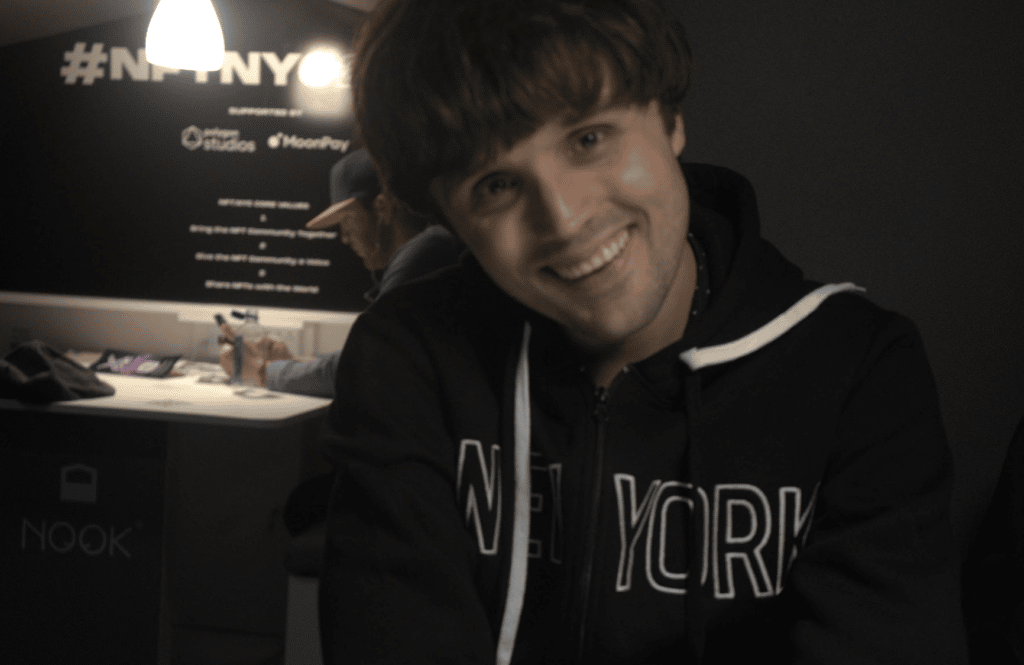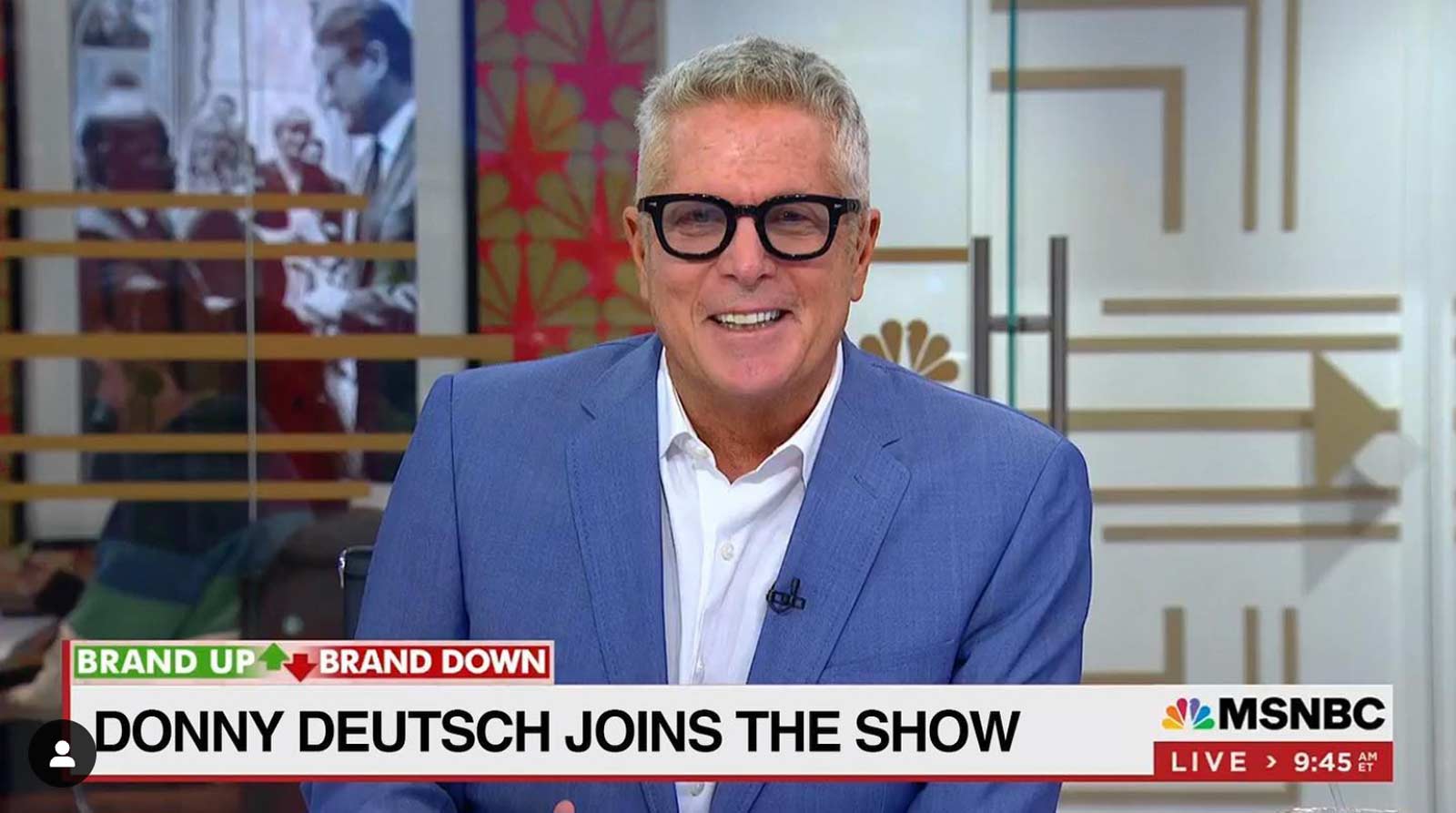Education: MBA, University of New York in Prague
Role: Advisor at Amberfi, Content Manager at Serotonin
Location: Richmond, Virginia
Ian got into the crypto and web3 world back in 2016 when he was living in the Czech Republic. He went to a random provincial library, not looking for anything in particular, and stumbled upon Digital Gold by Nathaniel Popper. And after that, he says he went “down the (crypto) rabbit hole.”
Ian was one of the early advisors to join Amberfi, and he’s also a content manager at a web3 agency Serotonin. We are excited to share his story below!

Can you describe what you do at Serotonin?
I work with clients, as my title is content manager, but my position more translates to brand strategy, content, product strategy, and even things like tokenomics. So it comes down to almost everything, and we work with all sorts of companies from crypto native to [more traditional ones], like a huge real estate company trying to go on-chain.
Given your expertise, I’d like to talk about content a bit. Taking into consideration how much content there is nowadays, do you find the process of creating content easier or more complex?
I would say it’s both harder and easier than before. Harder comes from the fact that there’s too much out there, and you really need to figure out what’s reputable and what you need to use versus what you don’t need to use. So it all depends on your, I’d say, experience in the space and how easy it is for you to boil everything down quickly, depending on the timeline.
With such a huge number of crypto influencers and popular brands already in play with a considerable following and communities, what does it take to build and maintain a community today?
For your personal brand, I think it’s harder to do today because it’s harder to differentiate between all of the noise and really make something that’s your own. But I do think the answer is really to niche down more than usual. For a professional brand or for a company, it’s also harder because you can’t just even do the Board Ape thing and have the traditional 10,000 PFP project with Discord and just keep it as simple as possible.
You have to do more, you have to have a more transparent roadmap; people want to know more from the beginning, they want to see the faces of the team, and a lot more content. They don’t want just a blank website with pictures.
Sh*tposting is considered to be a great strategy to get a big following. What do you think about that?
You’re right. It does work in the beginning somewhat, but it’s not a long-term strategy. It doesn’t lead to retention. It just leads to getting initial engagement, but then you need something more to keep the people around. So what I tell people is that you need a long-term content strategy from the beginning instead of sh*tposting.
You have to have a sustainable strategy, and if you only start with, for example, one thread and two articles a week, you need to keep that going for the first few months and scale from there. These are the types of things we tell companies alongside getting video content and even audio content up as soon as possible, depending on their budget, the bigger the budget, the more we tell them to do from the beginning.
Who are the top three influencers you follow and trust?
In no particular order, my top three sources are Bankless, Messari, and Real Vision.
How did you learn about Amberfi?
JD Lasica [Amberfi’s co-founder and CEO] and I met on Medium because he read one of my articles and said, “Hey, I have an idea that aligns with this. Let’s talk.” We got to talking from day one about everything crypto and everything JD was interested in, and that built upward into Amberfi.
Love the team, love the vision, and for me, what’s special about Amberfi is they’re the first NFT solution that truly prioritizes creators with everything. It’s that simple for me. I’ve been an advisor since then.
What do you do in your role as an advisor?
I advise and give counsel and strategic recommendations on just about anything I can for the company.
How would you differentiate Amberfi from other NFT marketplaces?
Amberfi provides incredible customizability plus really good encryption and really powerful features that should be done but aren’t really being done by anyone. And that’s what truly makes it a unique marketplace for anyone.
What does the future look like for Amberfi?
It’s actually quite easy. I think, in five years, Amberfi will have redefined the ownership paradigm on-chain with this customizability – the new stage of NFTs, dynamic NFTs that can be just about anything.

With a lot of buzz around web3, what development stage do you think we are a part of in this digital era?
We’re in the early days leading up to the dot-com boom, as an example. I’m optimistic but also realistic. So we need to develop “a killer app” to make web3 really scale to the masses.
A lot of that has to do with more human-centered design. Web3 applications should look like a better version of web2 apps but not feel different so that people can seamlessly transition.
And that’s why we’re not there yet because we can’t seamlessly transition. There are too many steps, too many wallets, and all sorts of other things that people have to jump through to really understand how to get involved in our space right now. So it’s about making it more simple. It still is crypto, it still can be special.
It still can be fully ownable, but it has to be simple.
[Besides Amberfi, of course] What other web3 projects do you consider promising?
First of all, Amberfi is the future of NFT marketplaces. But there is also a project that I have in mind. My friend from Montreal, Jonathan Brun and his wonderful co-founder Justine Massicotte are building Lighthouse, the metaverse search engine.
The platform puts together all the worlds through open APIs and all the NFT platforms through open APIs. It also aims to become a social layer for everything in the metaverse. So you can find your friends and know where they are in the metaverse at all times. You can go and meet them at some house in Decentraland, in one click.
Ian is working heavily with women’s rights organizations and other underserved community sectors. He is also speaking on Twitter Spaces with organizations like Choice DAO and Ukraine DAO.
Ian’s Twitter: @ExpatCrypto3
Ian’s LinkedIn: Ian LeViness
Choice DAO Twitter: @TheChoiceDAO
Choice DAO Discord: ChoiceDAO
UkraineDAO Twitter: @Ukraine_DAO
UkraineDAO Discord: UkraineDAO






